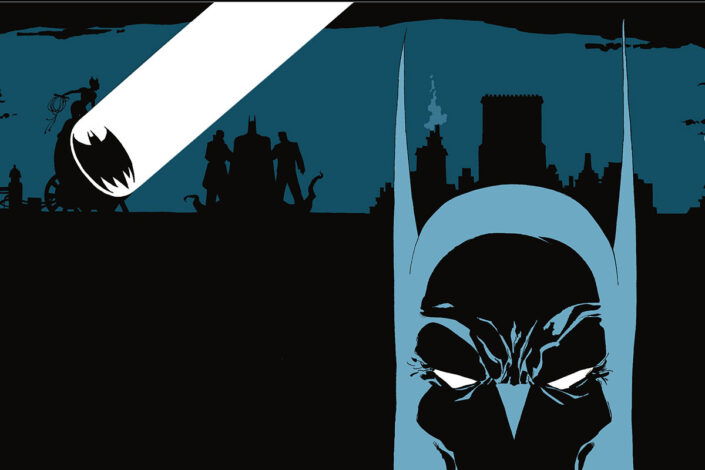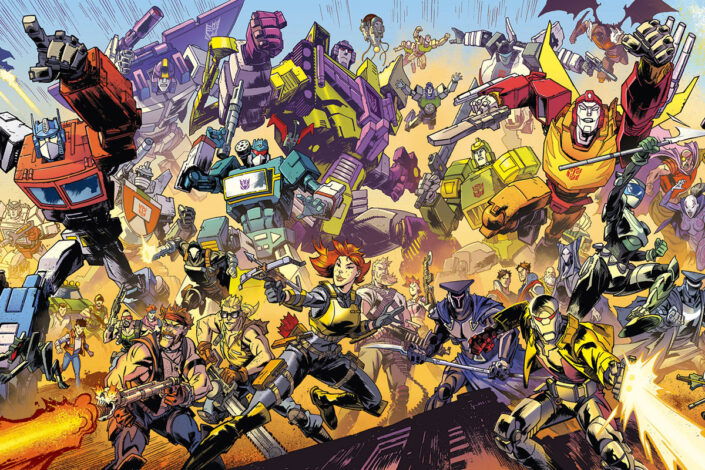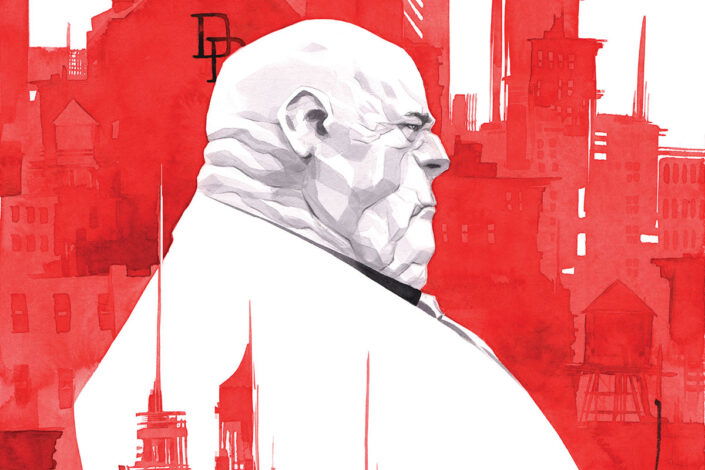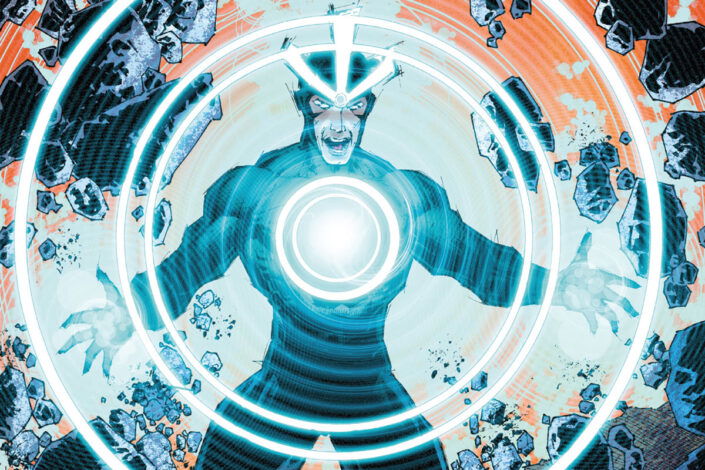Earth X Reading Order (the Alex Ross Universe)
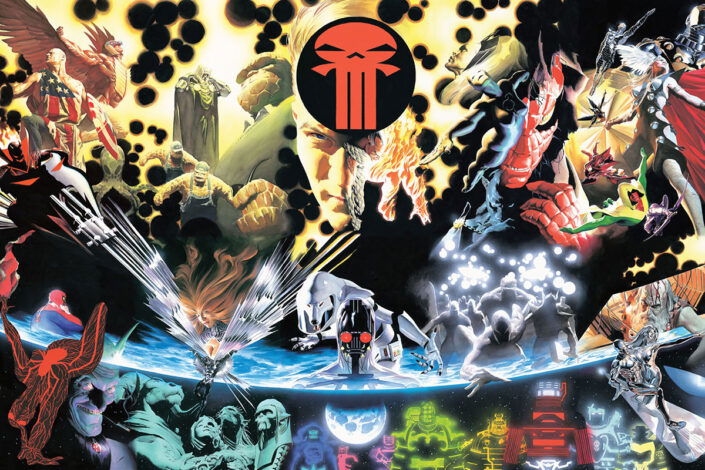
The Multiverse is made up of many alternate realities, each unique and full of possibilities. Some are more famous than others. Among the most notorious are the Ultimate World of Miles Morales and The Maker, the dystopian future of Marvel 2099, the Zombieverse, and the Age of Apocalypse.
In the late nineties, artist Alex Ross designed one of Marvel’s most iconic dystopian realities: Earth-X. This world first appeared in Wizard Magazine, where the legendary artist was asked to create a possible future for the Marvel Universe. Ross depicted a future where superpowers had become commonplace. These initial concepts, today known as the Earth-X Sketchbook, attracted readers, and the magazine quickly sold out. This success led Marvel to commission a full comic series, developed by Alex Ross and Jim Krueger, with artists John Paul Leon and Doug Braithwaite.
While Earth-X started as a possible future of Earth-616, the series retconned the origins of superheroes, disconnecting them from the mainstream Marvel Universe entirely. Earth-X evolved to become Earth-9997, an alternate reality.
Today, we jump into the world of Earth X, a dystopian reality where most of the population has gained superpowers, many heroes have fallen or been reimagined, and the future remains uncertain. Check out our complete comic reading order for Earth-X, including every issue and appearance, along with our guide to omnibus and trade paperback editions.

